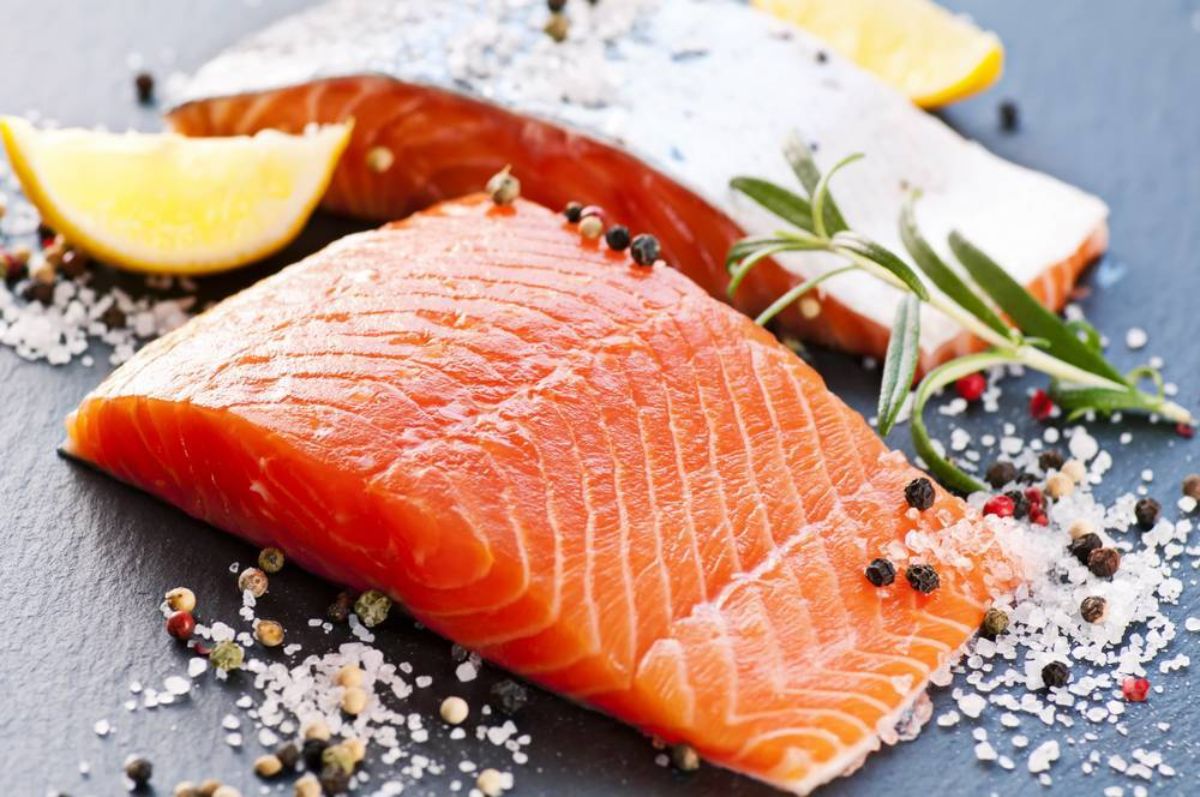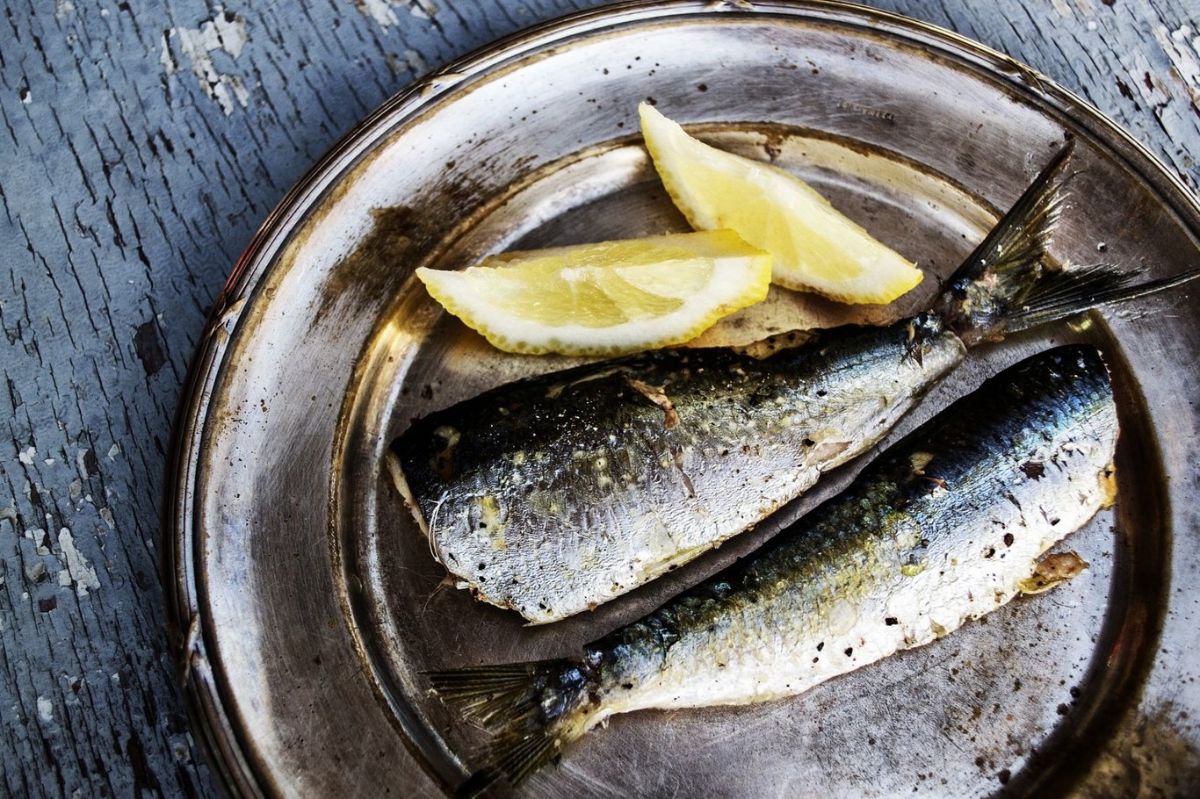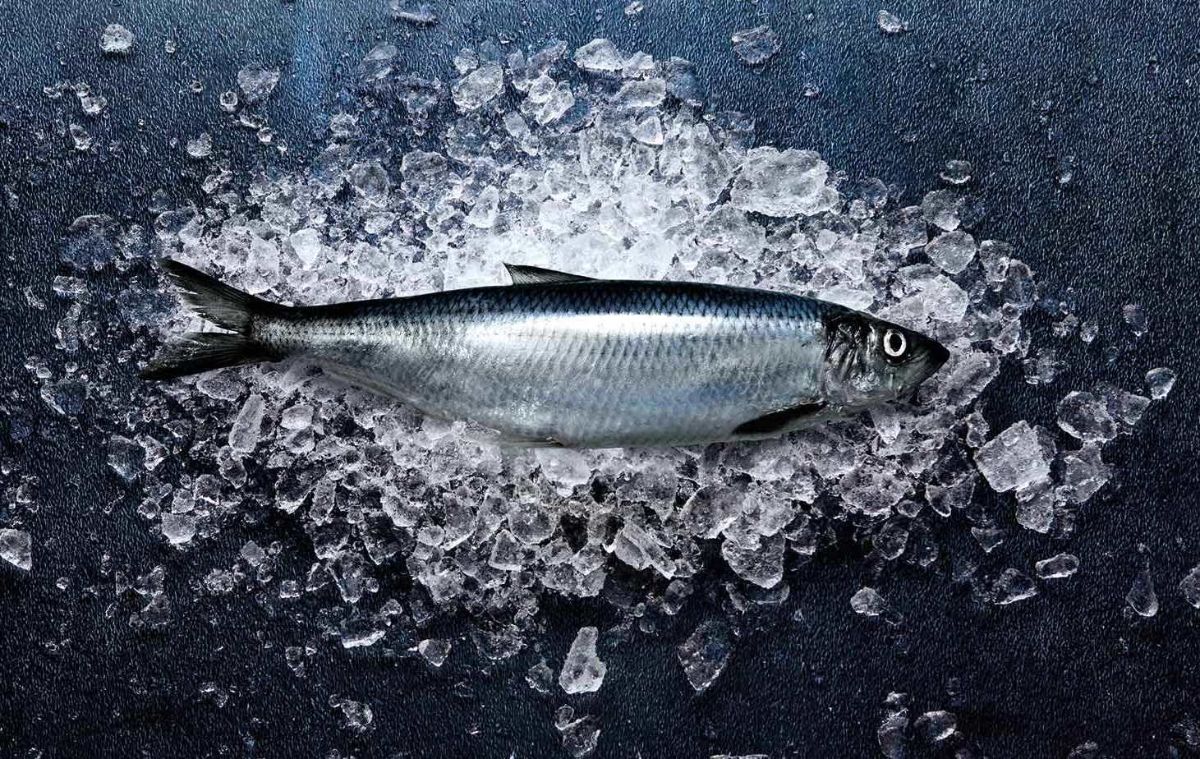There is a question: is it possible to eat raw fish and why?
Almost any fish is a rich source of omega-3 fatty acids, proteins, minerals and vitamins. Since any heat treatment reduces the content of valuable substances, many are interested in whether it is possible to eat raw fish and what it can threaten.
Eating seafood raw can bring some benefits, but at the same time it is associated with a number of risks: helminthiasis, bacterial infections, poisoning with chemicals or bacterial toxins.
Let's take a closer look at both the advantages and disadvantages.
Content
Advantages

Raw fish, especially red fish, is a valuable source of polyunsaturated fats, as well as a number of vitamins and minerals. Of course, heat treatment reduces their concentration.
As claimed Swiss scientists, fresh fish does not contain toxic substances formed during frying (especially on vegetable oils) – heterocyclic amines. Their use is significant increases the probability of developing malignant tumors.
Also any thermal effect (boiling, steaming, frying) reduces the level of omega-3 fatty acids. But it is with them that the majority is associated useful properties of fish .
Dangers
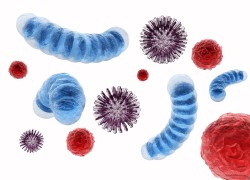 Fish can be a source of helminths and some bacterial agents, which can lead to infection. It may also contain harmful chemical elements.
Fish can be a source of helminths and some bacterial agents, which can lead to infection. It may also contain harmful chemical elements.
In the flesh of fresh fish, the most common:
- Flatworms. Wide are common in the tropics of Asia, Africa, Southern and Eastern Europe. When ingested, opisthorchiasis is caused – severe damage to the liver and gallbladder, which can even be complicated by cancer. According to experts, the cause of infection is not only the consumption of raw seafood, but also unwashed hands and kitchen utensils after them.
- Tapeworms. Can be found in both river and marine fish, most often found in salmon breeds. They cause diphyllobothriosis, which, according to scientists , may affect up to 20 million people each year. The disease is manifested by dyspeptic disorders (constipation or diarrhea, vomiting, heaviness in the stomach), asthenovegetative syndrome (weakness, fatigue) and signs of vitamin B12 deficiency (anemia, funicular myelosis).
- Roundworms. Cause anisakiosis. This type of worm may be present exclusively in marine fish. Helminths do not live long in the human body and die quickly without causing significant inconvenience. However, in rare cases, they may cause a strong immune response that manifests itself in different ways: from discomfort and abdominal pain to severe anaphylaxis.
- Bacteria. It has been established that bacteria of the following genera may be present in fish: Listeria , Vibrio , Clostridium , Salmonella . In healthy people, these microorganisms do not cause diseases. However, in people with weakened immune systems (the elderly, children, patients with HIV infection), they can lead to severe complications.
- Chemicals and heavy metals. The concentration of harmful substances deserves special attention. Raw fish is a source of mercury, polychlorinated biphenyls, polybrominated biphenyl esters, etc. The main reason for the presence of such side components in seafood is water pollution and the use of substandard feed. During thermal exposure, the concentration of these substances decreases.
Risk groups
 Individuals are at the highest risk of infection with bacterial agents or helminths, as well as poisoning with harmful chemicals. These groups of persons include:
Individuals are at the highest risk of infection with bacterial agents or helminths, as well as poisoning with harmful chemicals. These groups of persons include:
- Children;
- Elderly people;
- Pregnant women (according to American scientists, 12 pregnant women out of 100,000 are infected every year due to raw seafood);
- Persons with weakened by the immune system (congenital and acquired immunodeficiency, HIV infection).
These groups of people should not eat raw fish, as this can lead to serious consequences.
The first symptoms
 The first signs of bacterial poisoning or helminth infection can appear at any time: from 30 minutes to 1.5 months.
The first signs of bacterial poisoning or helminth infection can appear at any time: from 30 minutes to 1.5 months.
If the following symptoms develop, it is recommended to consult a doctor urgently:
- Stool change (persistent constipation or diarrhea);
- Abdominal pain of any kind;
- Dyspeptic disorders (nausea, vomiting, epigastric pain, heartburn);
- Temperature rise;
- General weakness and malaise;
- Signs of acute respiratory diseases.
Varieties of raw fish dishes
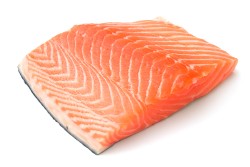 Despite the risks, dishes made from raw fish are gaining more and more popularity every year. The most common are:
Despite the risks, dishes made from raw fish are gaining more and more popularity every year. The most common are:
- Sushi. Raw fish and rice are used as the basis for rolls and other dishes, secondary components can be anything from sesame seeds to cucumbers.
- Sashimi. Is a finely chopped fillet of raw fish, served with wasabi and soy sauce.
- Poke salad. Is made from pieces of fish with vegetables and spices.
- Ceviche. Consists of lightly pickled fish and lemon or lime juice.
- Carpaccio. A dish of thinly sliced raw fish or meat seasoned with a sauce containing mayonnaise.
Selection Rules
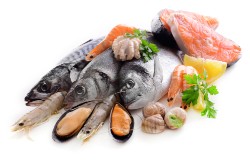 It is recommended to buy raw seafood only chilled and packaged. It is also recommended to take into account a few simple features:
It is recommended to buy raw seafood only chilled and packaged. It is also recommended to take into account a few simple features:
- The smell of fish. Must be fresh, not give off sourness, ammonia.
- Eyes. Normal – shiny and clean, slightly protruding above the surface of the torso.
- Type of fillet. Fish meat should not have traces of drying or discoloration, leakage of blood and other juices is unacceptable.
Buying frozen fish involves taking into account the following characteristics:
- Package integrity . It must be airtight.
- The appearance of ice. Frozen water should be transparent. The matte structure or the presence of crystals indicates repeated defrosting and freezing.
After purchase, you should store the fish in the refrigerator (chilled fish) or in the freezer (frozen product) chamber.
The maximum shelf life of chilled fish is up to 2-3 days.
Tips for preparing for admission
 When buying frozen fish, it should be properly thawed. The first stage is placing in the refrigerator from the freezer for 6-8 hours, the second is further defrosting in cold water at room temperature (the product is pre–packaged in a bag).
When buying frozen fish, it should be properly thawed. The first stage is placing in the refrigerator from the freezer for 6-8 hours, the second is further defrosting in cold water at room temperature (the product is pre–packaged in a bag).
Longer defrosting will lead to the penetration and rapid development of bacteria in fish meat.
Before starting cooking, wash your hands and used dishes thoroughly. Any foci of contamination contain microorganisms that easily penetrate into the fish and begin to divide activity.
A fish carcass is an ideal breeding ground for a large number of bacteria and some viruses.
Conclusion
- Thus, eating fish raw can give a person more nutrients in almost their original form. However, this comes with significant risks.
- For children, the elderly, pregnant women, as well as people with immunodeficiency, such dishes are categorically contraindicated, as they can cause significant harm, up to a fatal outcome.
- It is recommended to approach the selection of fish on store shelves and subsequent processing with special care.

